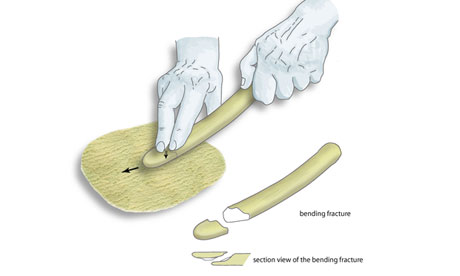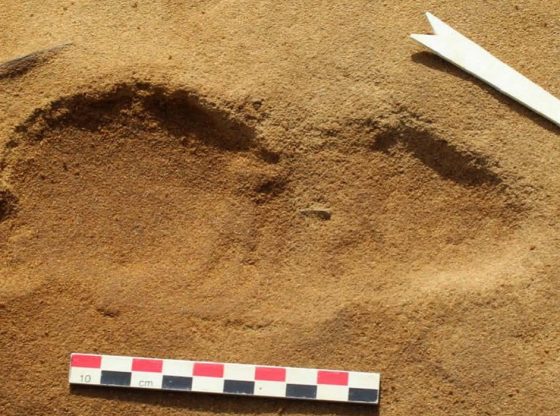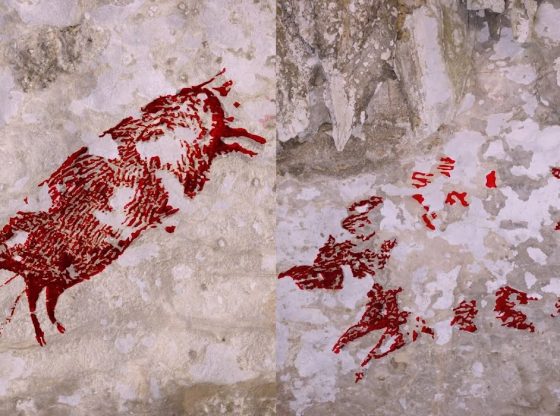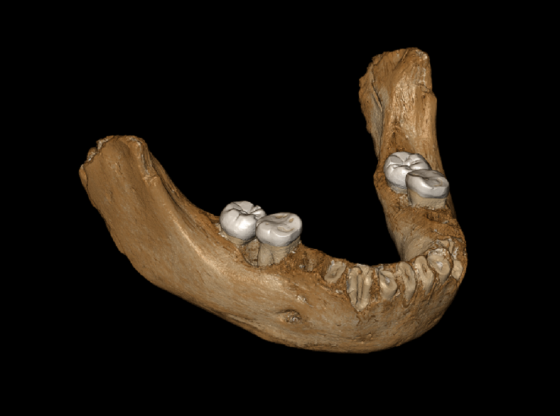
A recent study reveals new findings that indicate Neanderthal tool-making were more advanced than previously thought.
Shiny and Water Resistant Leather
A leather-working tool that is still in use today were actually first developed by Neanderthals. The tool made out of bone is used for leatherworking. It has been found at prehistoric excavation sites in France. Suggesting that the Neanderthals had a very sophisticated technique for leather processing.
The excavations of several known Neanderthal sites have uncovered these ancient tools, which are very similar to tools that are still in used today for making leather hides shinier and also water resistant.
The tool is called a “lissoir” and has been found in both Homo Sapiens and Neanderthal excavations. Which possibly indicates that the tool was invented independently. But it is also possible that modern humans got the idea from the Neanderthals or vice versa. Multiple lissoir’s has been found and the researchers conclude that Neanderthals must have made these tools routinely.

Made by Humans or Neanderthals?
The researchers argue that the tool was made by Neanderthals and not Homo-Sapiens. Since Neanderthals lived at the excavation sites Pech-de-l’Axé and Abri Peyrony and activity at these sites predate modern humans in Europe. With the oldest site being 51,000 years old and most archaeologists agree that there were no Homo Sapiens present in this region at this time.
The younger site, however, is 41,000 years old, at this time there were possibly Humans present in southern Europe.
But the focus will now be directed towards finding more lissoir’s at even older Neanderthal sites to possibly settle the issue.
Material of Choice is Bone
What makes this tool interesting in particular compared to most other tools made out of bone, is the fact that these were made out of bone for a specific reason. The material of choice is deliberate. Other tools are often exact copies of their stone equivalents.
This tool, however, takes advantage of the material properties of bone, its texture, and its flexibility. It bends without breaking. It essentially symbolizes another step in tool manufacturing using different materials to achieve different properties.
Other Neanderthal bone tools that have been found include scrapers, notched tools, handaxes, and hammers to resharpen stone tools.
Cold but Warm
The findings do fit with our understanding of Neanderthals as proficient users of animal skin and leather. Since having lived in a colder climate for a very long time they should, therefore, have developed techniques to adapt. The first Neanderthals are believed to have existed in Europe as early as 600,000 to 350,000 years ago. Modern humans arrived in Europe around 43,000 years ago.
The research findings have been published in The Proceedings of the National Academy of Sciences.
______________
Soressi, M. et al. Proc. Natl Acad. Sci. USA
____________________________






















